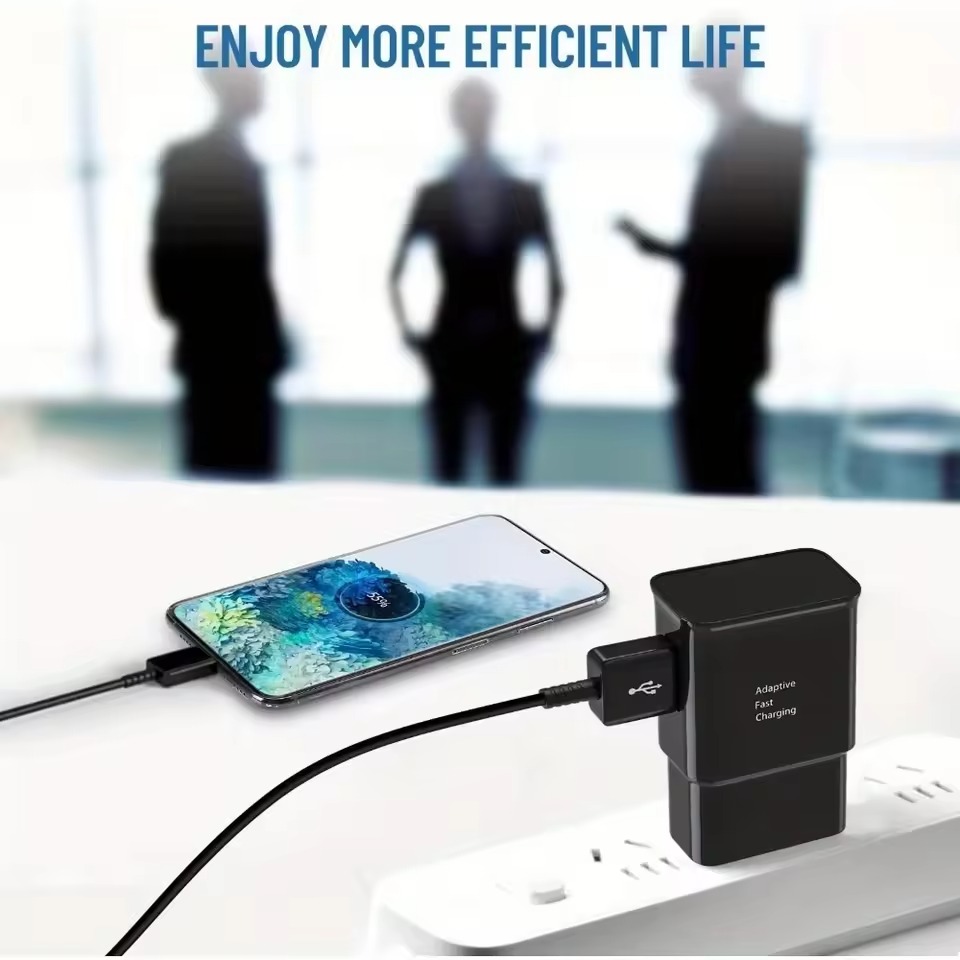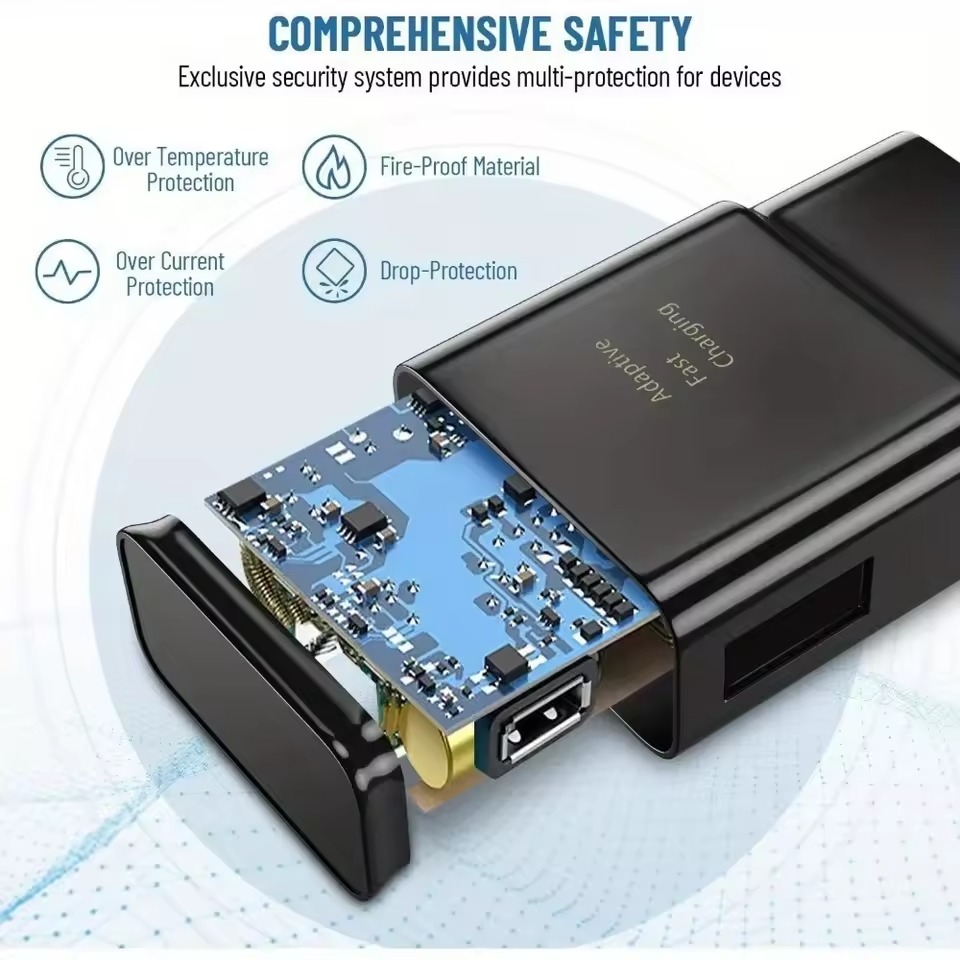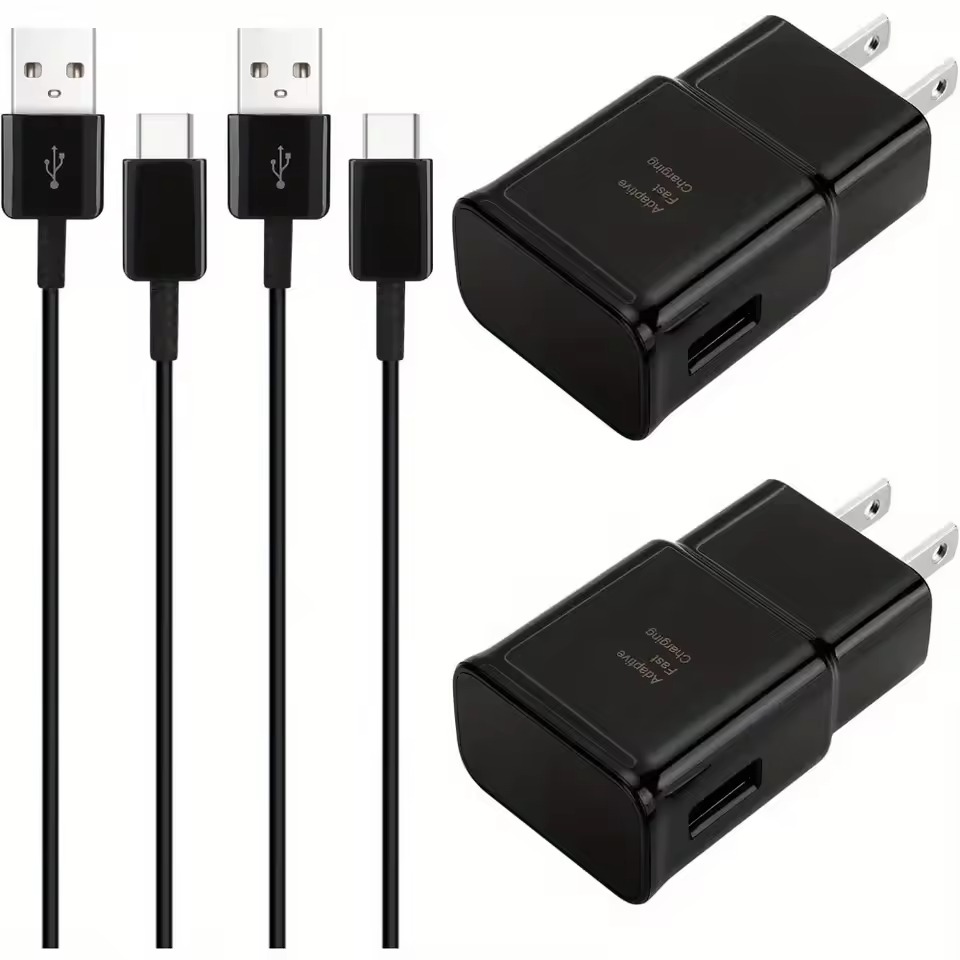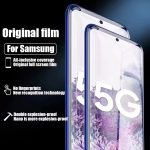Evolution of Android Charging Technology
The way we charge Android devices has greatly changed. Not long ago, most Android devices came with simple charging bricks. They often took hours to fully charge a device. Now, advancements have made charging quicker and more efficient. Let’s look at key milestones in the evolution of Android charging.
In the early stages, Android chargers were mostly USB-A with varying wattages. Every brand had its own charger design. This led to a drawer full of incompatible chargers at home. Then came micro-USB, a smaller connector that became standard for several years. It helped unify charger designs across devices. But micro-USB had limitations in power delivery and data transfer speeds.
The introduction of USB-C marked a major shift. This reversible connector could carry more power and data. It enabled faster charging and universal compatibility. With USB-C, the Android ecosystem began to support new charging protocols. These protocols allowed for rapid power transfer.
Fast charging technology took the stage as the next big step. Thanks to fast charging, waiting times dropped significantly. Now, charging for a few minutes can provide hours of device use. This became a selling point for many Android devices. Battery life got a major boost from these advancements.
The inclusion of wireless charging in Android devices is a recent innovation. It allows for a cable-free charging experience. Placing a device on a charging pad is all it takes to start charging. This added convenience and brought a fresh aspect to Android charging technology.

Types of Android Chargers
Choosing the right Android charger is crucial for optimizing charging time and longevity of your device. Here we will explore the various types of Android chargers available on the market.
Wired Chargers
The most common type is the wired charger. These come in two main varieties: USB-A and USB-C. USB-A chargers are the older style and are slowly being phased out. USB-C chargers are now the norm due to their faster charging capabilities and reversible design.
Travel Adapters
Travel adapters are essential for those on the go. They vary in size and often include multiple plug types for use in different countries. Some even come with USB ports to charge multiple devices at once.
Car Chargers
For those who spend a lot of time driving, car chargers are a lifesaver. They plug into your car’s 12V outlet and usually offer at least one USB port. Recent models may include fast charging support for quick top-ups.
Charging Docks
Charging docks are not just chargers; they also work as a stand. They can be particularly handy for those who want to keep their phone within view on a desk or nightstand. Some docks provide fast charging as well.
Wireless Chargers
Wireless chargers are gaining popularity due to their convenience. You simply place your device on a charging pad, and it starts to charge. They’re ideal for decluttering spaces and reducing wear on your device’s charging port.
Portable Power Banks
Power banks are portable chargers that you can carry with you. They store power to charge your devices on the go. They come in various sizes and capacities, suitable for different charging needs.
In summary, whether you need a charger that is portable, convenient, or fast, there is a variety of Android chargers to fit your lifestyle. Always look for a charger that matches your device’s specifications to ensure efficient and safe charging.
Fast Charging Standards for Android Devices
Fast charging is vital for modern Android users. This feature drastically cuts down charging time. Understanding the various fast charging standards can be confusing. Let’s simplify the key points.
Qualcomm Quick Charge
This is one of the most common fast charging technologies. Many Android phones use Quick Charge. It speeds up charging by increasing power delivery. Recent versions are faster and more efficient.
USB Power Delivery
USB Power Delivery, or USB PD, is universal. It works with USB-C and supports higher power levels. This standard allows devices to charge quickly without harm.
MediaTek Pump Express
This standard is found in devices using MediaTek processors. It adjusts voltage to speed up charging. Pump Express technology also ensures safe charging temperatures.
Samsung Adaptive Fast Charging
Samsung’s technology is tailored for their devices. It provides fast charging by optimizing power transfer. Samsung ensures their chargers are compatible with their phones.
OnePlus Warp Charge
OnePlus devices feature Warp Charge. This tech charges phones rapidly with minimal heat. It is exclusive to OnePlus and doesn’t work with other devices.
Oppo VOOC Charge
VOOC stands for Voltage Open Loop Multi-step Constant-Current Charging. Oppo’s system charges quickly under strict safety measures. It’s designed to reduce heating while charging.
These are just a few fast charging standards in the Android market. Always check if your Android charger meets your device’s needs. Use an appropriate charger for optimal performance and safety. Check the specs before buying a new charger. This will ensure that you get the fast charging benefits you need.

Wireless Charging Capabilities
The rise of wireless charging for Android devices marks a shift towards convenience. No more fumbling with cables; simply place your device on a charging pad. This technology uses electromagnetic fields to transfer energy from the pad to the phone’s battery. It’s known as inductive charging. Wireless charging is not as fast as the top wired fast charging standards. Yet, it provides enough power to steadily recharge your device.
Choosing a wireless charger needs care. Look for one that supports your device’s charging protocol. Many android chargers with wireless charging now support Qi (pronounced ‘chee’). This is the most common wireless standard. It’s compatible with a broad range of devices. Wireless chargers come in different forms, too. Some are pads you can set your phone on. Others are stands that prop your phone up. There are even wireless charging power banks for charging on the move.
As for placement, wireless chargers work well on nightstands and desks. They keep your space tidy while offering easy access to your phone. Wireless charging is slower than wired options. Yet, it is handy for overnight charging or a quick boost during the day. Remember to check if your Android device supports wireless charging. Older models may not have this capability.
Overall, wireless charging adds a layer of convenience to how we power our Android devices. It might not replace wired android chargers completely. But, it is becoming an essential feature for many users.
How to Choose the Right Charger for Your Android Device
Choosing the right Android charger is essential. The right charger ensures your device charges efficiently and safely. Consider these simple tips when selecting a charger for your Android device.
Check Compatibility
Your Android charger must match your device’s specifications. Look for the same connector type – USB-C is the current standard. Ensure the charger supports your device’s fast charging technology.
Review the Power Output
A charger’s power output affects charging speed. It’s measured in watts (W). Higher wattage usually means faster charging. Choose a charger with the right wattage for your device.
Opt for Certified Chargers
Certified chargers meet specific safety standards. They reduce the risk of damage to your device. Look for certifications such as UL, CE, or FCC when buying a charger.
Consider Portability
If you travel often, consider a compact and portable charger. Travel adapters with multiple plug options are handy. Lightweight power banks are good for charging on the go.
Decide Between Wired and Wireless
Wired chargers are faster but tether you to a socket. Wireless chargers offer convenience and less wear on ports. Decide which is more important for your lifestyle.
Read User Reviews
User reviews provide real-world insights on charger performance. High ratings generally indicate a reliable product. Look for reviews with specific details about charging speeds and durability.
In summary, pick an Android charger that is compatible, powerful, certified, and suits your lifestyle. Checking reviews and opting for quality over price will lead to a better charging experience. Remember, the right charger can extend the life of your Android device.

The Rise of USB-C in Android Charging
The shift to USB-C has transformed Android charging. This small, reversible connector simplifies the charging process. It’s now the go-to choice for most new Android devices. Let’s look into why USB-C has become so central in Android charging solutions.
- Universal Compatibility: USB-C’s design ensures it fits into devices without fumbling over orientation. Its adoption across Android devices promotes a uniform charging ecosystem.
- Faster Power Delivery: Unlike its predecessors, USB-C supports much higher power transfer. This results in reduced charging times, driving consumer demand for faster access to power.
- Data Transfer: While charging, USB-C can simultaneously facilitate speedy data transfer. Users appreciate this dual-functionality.
- Support for Fast Charging: Many fast charging standards rely on USB-C. Matching chargers to devices is simpler when they share a common connector.
- Durability: USB-C connectors are built to endure more plug-ins and removals. This resilience is essential as our devices become more integral to our daily lives.
- E-waste Reduction: Standardizing around USB-C can help lessen e-waste. Fewer old chargers are discarded as more devices use the same connection type.
With USB-C at the forefront, Android charging is more efficient and user-friendly. Its implementation has streamlined device interaction, from charging to data handling. As adoption grows, we can expect further enhancements in power management and user convenience when charging our Android devices.
Environmental Impact of Android Chargers
The environmental impact of Android chargers is an important topic. As the use of Android devices surges, so does the number of chargers produced and discarded. The key concerns related to the environmental footprint of Android chargers include the following:
Production and Materials
Manufacturing Android chargers involves using plastics, metals, and electronic components. These materials come from finite resources and their extraction can harm ecosystems. The production process itself may also release pollutants, contributing to environmental degradation.
E-waste and Recycling
Discarded Android chargers contribute to electronic waste, or e-waste. Not all components of chargers are recyclable. This leads to nonbiodegradable waste in landfills. Proper disposal and recycling are vital to minimize this impact. However, recycling rates for e-waste are still relatively low.
Energy Consumption
While charging devices, energy is consumed. Inefficient chargers can waste electricity. This results in higher carbon footprints for users. Opting for chargers with high energy efficiency ratings can reduce this consumption.
Packaging
The environmental impact extends to packaging. Chargers often come in plastic or non-recyclable packing materials. Manufacturers could reduce the impact by using eco-friendly or minimal packaging.
Standardization and Lifespan
The move to USB-C has potential environmental benefits. This standardization could reduce the number of chargers needed. Durable chargers that don’t need frequent replacement also help in reducing waste.
As users, choosing android chargers wisely can help. Opt for durable, high-efficiency chargers with minimal packaging. Recycle old chargers through proper channels. Support brands that take steps to mitigate their environmental impact. These actions collectively can lead to a significant positive change for the environment.
The Future of Android Charging Technology
The future of Android charging technology looks bright with promising advancements. Here are the trends likely to shape the next generation of Android chargers:
- Higher Wattage Fast Charging: The quest for speed is never-ending. Future Android chargers may offer even higher wattage, reducing charge times further.
- Advanced Wireless Charging: Expect improvements in wireless technology for faster and more efficient power delivery without cables.
- Eco-Friendly Solutions: Environmental awareness is driving innovation towards sustainable charging solutions, including solar-powered and biodegradable chargers.
- Smart Charging: Chargers may become smarter, adjusting power delivery based on the device’s needs to optimize battery health over time.
- Magnetic Charging: Following the footsteps of Apple’s MagSafe, Android might see its own magnetic charging solutions for a more convenient and secure connection.
- Multi-Device Charging: Chargers that can power several devices at once, without a tangle of wires, could become commonplace.
- Portable and Wearable Chargers: Portable charging technology is set to become smaller and even integrated into clothing for charging on the move.
- Enhanced Safety Features: As chargers become more powerful, safety mechanisms will be crucial to prevent overheating and maintaining battery lifespan.
These advancements will ensure the latest Android chargers not only meet the growing demand for power but also sustainability and convenience. Users can look forward to a world where charging your Android device is quicker, easier, and kinder to the planet.


